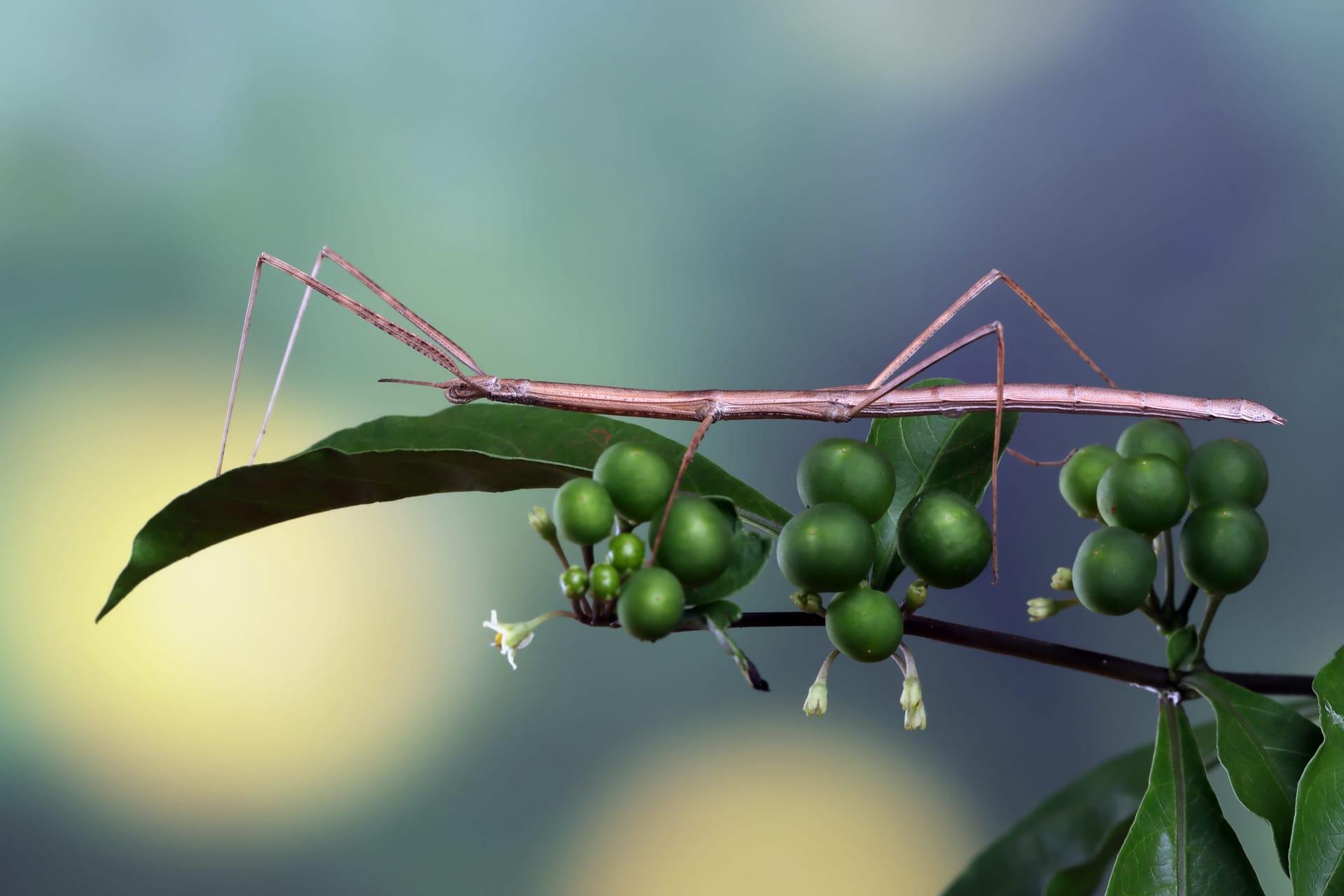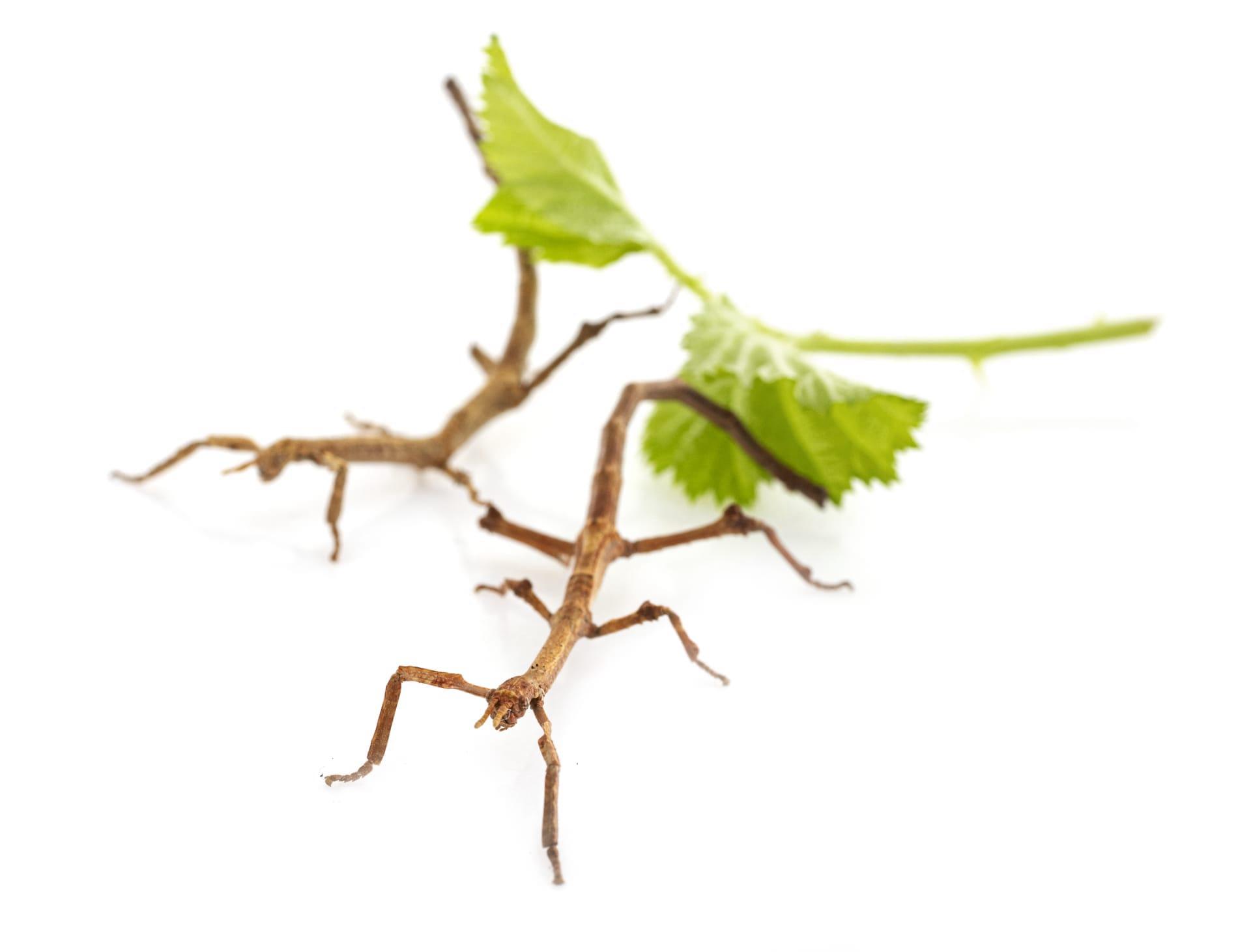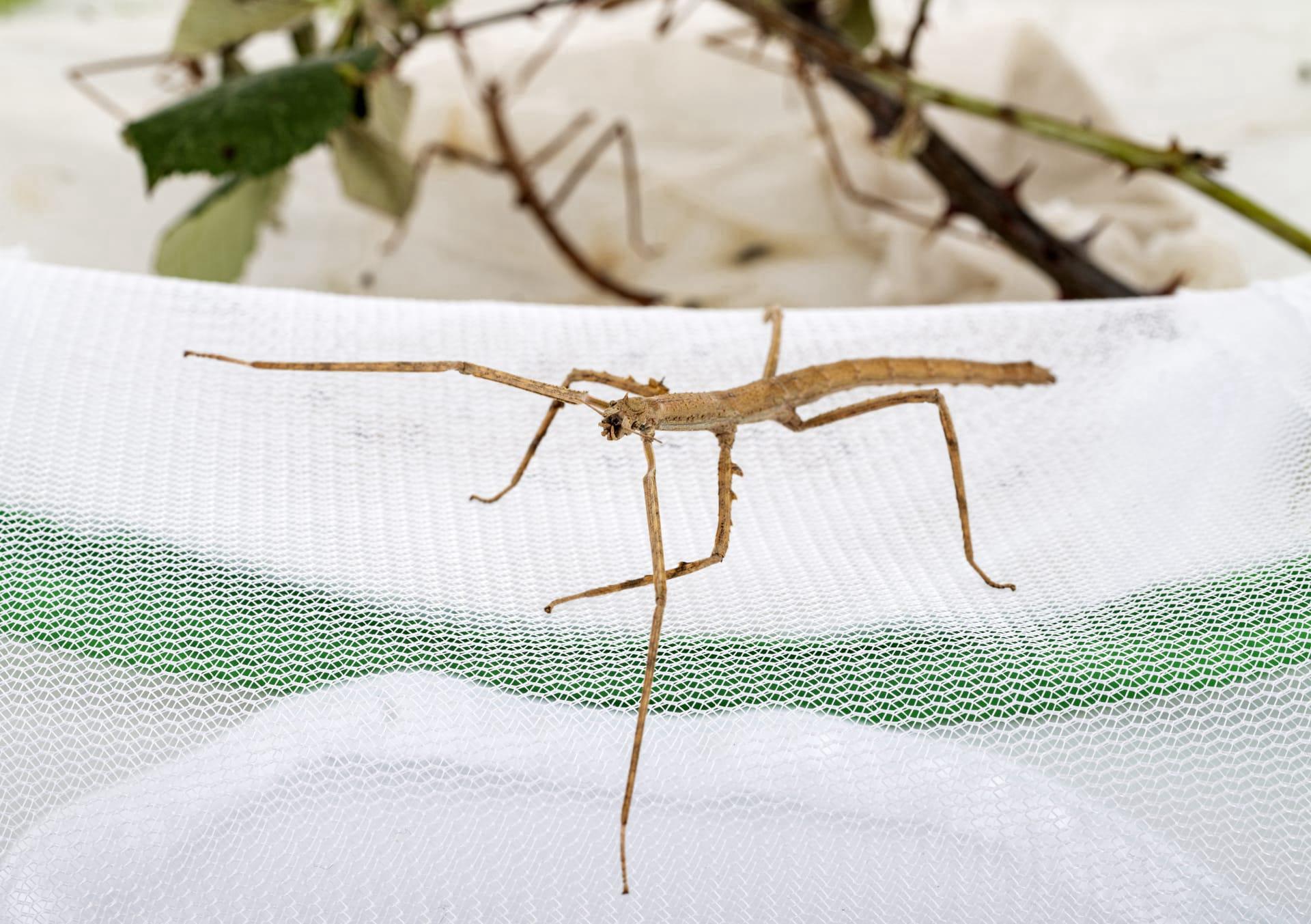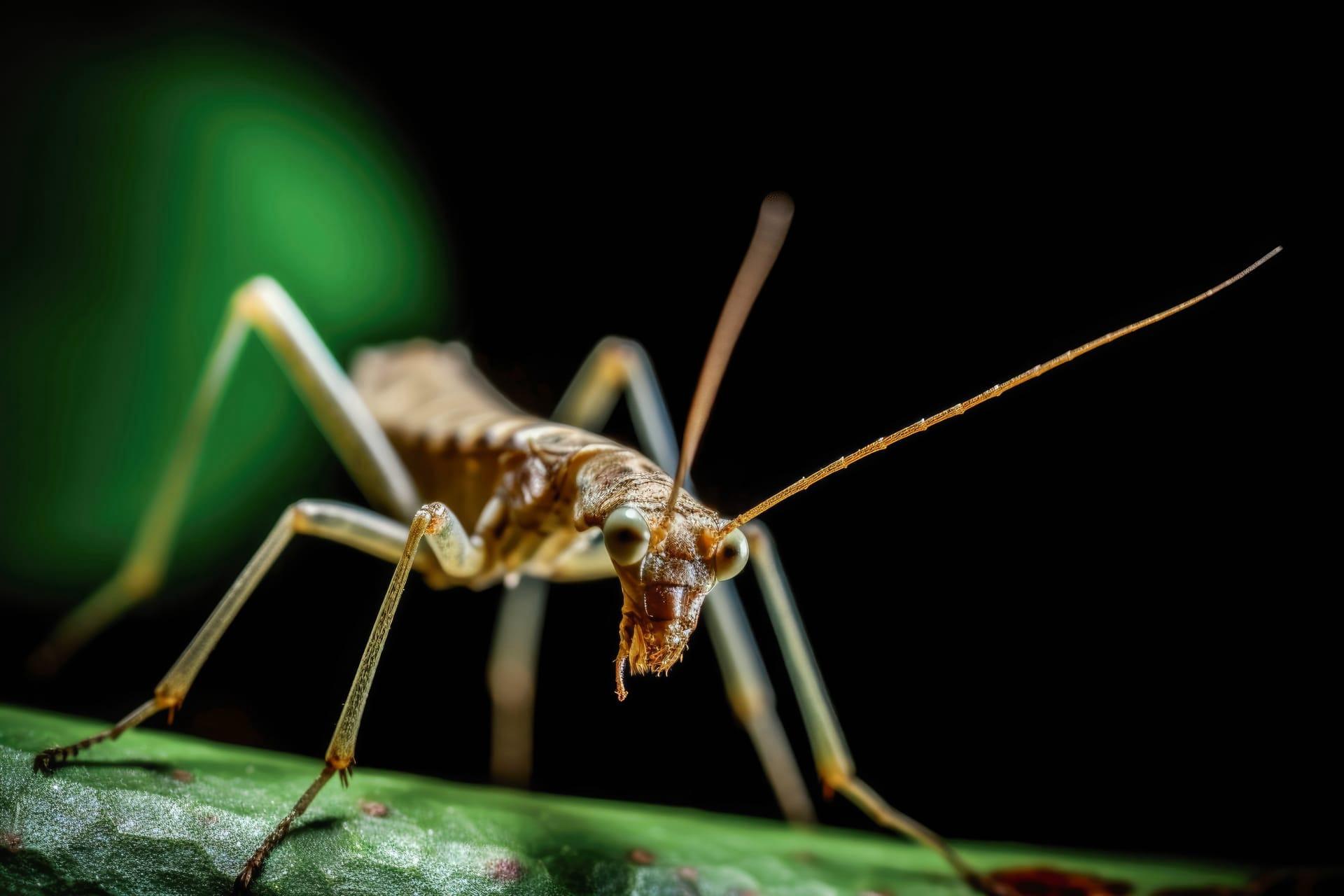Walking Stick Bug Characteristics
- Home /
- Mini Encyclopedia /
- Animal /
- Walking Stick Bug Characteristics
1
Walking Stick Bugs, known for their remarkable camouflage, are a fascinating subject in the world of entomology. These insects, resembling twigs and branches, vary in size, ranging from half an inch to over a foot in length, with some tropical species reaching up to 13 inches. Their lifespan is equally variable, generally living for about a year, though this can extend to two years in captivity. They have elongated bodies and, in some species, wings, though they are not adept at flying.
The most distinctive organ of the Walking Stick Bug is its legs, which are not only elongated but also jointed in a way that allows them to mimic the appearance of tree branches. This is a survival adaptation, aiding them in blending seamlessly into their surroundings to evade predators. When at rest, they often hold their legs in a way that enhances this camouflage, making them almost indistinguishable from real branches.

2
Question: How do Walking Stick Bugs defend themselves against predators?
Answer: Walking Stick Bugs employ a variety of defense mechanisms. Their primary strategy is camouflage, with their body shape and coloration mimicking twigs and leaves. Some species can also change color to better match their environment. When threatened, they may drop to the ground and remain motionless, blending with the leaf litter. Some species have spines or emit a foul-smelling spray to deter predators. In rare cases, they might even regrow a lost limb after molting, although this is not a primary defense tactic.

3
Walking Stick Bugs are generally slow and methodical in their movements, which aids in their disguise as inanimate objects. They move gently to avoid drawing attention, often swaying like branches in the breeze. This swaying motion is not just for camouflage; it also helps them navigate and find food.
In terms of feeding, Walking Stick Bugs are primarily herbivorous, feeding on leaves of various plants. They have a preference for the leaves of oak, rose, ivy, and eucalyptus. Their feeding times are usually nocturnal, reducing the chance of being spotted by daytime predators. They use their strong mandibles to tear off pieces of leaves, consuming large amounts for their size.

4
Walking Stick Bugs are found in a variety of habitats, primarily in tropical and subtropical regions, but also in temperate zones. They inhabit forests and wooded areas where they can easily blend into their surroundings. Their presence is less common in open or arid environments.
Reproduction in Walking Stick Bugs is intriguing. Some species are capable of parthenogenesis, where females reproduce without males. Eggs are dropped to the ground, mimicking plant seeds. The nymphs that emerge are miniature versions of the adults and undergo several molts before reaching full size. In species that do require males for reproduction, mating can last for hours or even days.

5
Book: "Stick Insects: Masters of Defense" by Jane A. Smith (United States, 2010) delves into the evolutionary adaptations of stick insects, including the Walking Stick Bug. Smith explores their defense mechanisms, habitat choices, and the challenges they face in the wild.
Book: "The Secret World of Stick Insects" by David Attenborough (United Kingdom, 2008) offers an in-depth look at various stick insect species, including the Walking Stick Bug. Attenborough's narrative combines scientific insights with vivid photography, revealing the fascinating life cycle and survival strategies of these insects.